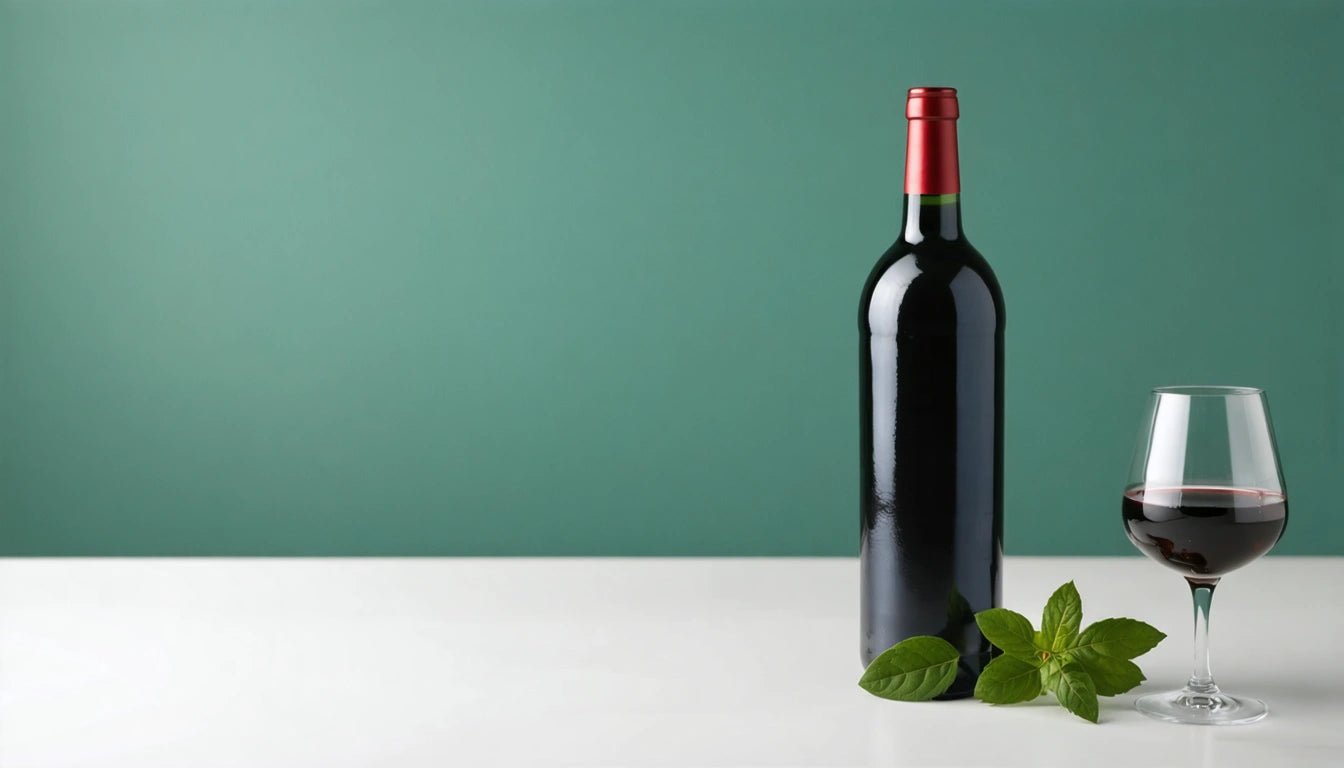Understanding the Size and Name of a 750ml Bottle
The 750ml bottle is one of the most recognizable and widely used container sizes across various industries. Whether you're curious about how big a 750ml bottle is or wondering what it's commonly called, this comprehensive guide will answer your questions about this standard measurement.
Dimensions of a 750ml Bottle
When asking how big is a 750ml bottle, it's important to consider both volume and physical dimensions. A standard 750ml bottle typically has the following measurements:
- Height: Approximately 11.5 to 12 inches (29-30.5 cm)
- Diameter: About 2.75 to 3 inches (7-7.6 cm) at the base
- Weight (empty): Roughly 500-600 grams (1.1-1.3 pounds)
- Weight (filled): Approximately 1.25 kg (2.75 pounds)
These dimensions can vary slightly depending on the bottle design, material, and intended use. Wine bottles, for instance, may have different shapes (Bordeaux, Burgundy, etc.) while maintaining the same 750ml capacity.
Common Names for 750ml Bottles
What is a 750ml bottle called? The terminology varies by industry and region:
In Wine and Spirits
In the wine and spirits industry, a 750ml bottle is commonly referred to as a:
- Standard Bottle: The most common term in the United States
- Fifth: Historically called this because it represents approximately 1/5 of a gallon
- Regular Bottle: A general term used internationally
In Metric Systems
In countries using the metric system, it might simply be called a:
- 750ml Bottle: The straightforward measurement-based name
- 75cl Bottle: In European countries where centiliters are commonly used
Understanding these naming conventions is helpful when comparing products or discussing container options with suppliers, similar to how pre-rolled cone suppliers offer various sizes with specific terminology for each option.
Converting 750ml to Other Measurements
To fully understand how big a 750ml bottle is, it helps to convert this volume to other common measurements:
- Ounces: 25.4 fluid ounces
- Cups: 3.17 cups
- Pints: 1.58 pints
- Quarts: 0.79 quarts
- Gallons: 0.198 gallons (approximately 1/5 gallon)
- Liters: 0.75 liters
These conversions are particularly useful when comparing milliliters to ounces or when recipes call for specific liquid measurements.
Industry Applications for 750ml Bottles
The 750ml bottle size has become standardized across several industries:
Wine Industry
In the wine industry, the 750ml bottle is the global standard. This standardization allows for consistent aging conditions, storage solutions, and shipping configurations worldwide.
Spirits and Liquor
For spirits, the 750ml bottle (or fifth) is the most common retail size in the United States. The consistent size helps with regulatory compliance for alcohol content labeling and taxation.
Specialty Beverages
Many premium non-alcoholic beverages, such as specialty waters, cold brew coffees, and kombucha, have adopted the 750ml size to convey a premium positioning.
For more details on the significance of this volume, see this comprehensive guide on 750ml significance.
Comparing 750ml to Other Bottle Sizes
To better understand how big a 750ml bottle is, it's helpful to compare it to other common bottle sizes:
| Size Name | Volume (ml) | Comparison to 750ml |
|---|---|---|
| Miniature/Nip | 50ml | 15 nips = 750ml |
| Half Bottle/Split | 375ml | Half of 750ml |
| Standard Bottle | 750ml | Reference size |
| Magnum | 1500ml | 2 × 750ml |
| Double Magnum | 3000ml | 4 × 750ml |
For smaller containers, you can learn more about 5ml and 8ml sizes or 50ml bottle dimensions.
Practical Considerations When Using 750ml Bottles
When working with 750ml bottles, several practical factors come into play:
Storage Requirements
A standard wine rack space is designed to accommodate 750ml bottles. Wine cellars typically calculate capacity based on this standard size.
Shipping and Packaging
Standard shipping boxes for wine and spirits are designed around the dimensions of 750ml bottles, typically holding 6 or 12 bottles in specific configurations.
Environmental Impact
The 750ml size represents a balance between individual serving sizes and resource efficiency. Larger formats generally have a smaller environmental footprint per ml of product, but the 750ml size offers practical portioning for most consumers.
Understanding bottle sizes and their applications helps businesses make informed decisions about packaging. Whether you're in the beverage industry or simply curious about container measurements, knowing how big a 750ml bottle is and what it's called provides valuable context for everyday applications.



















